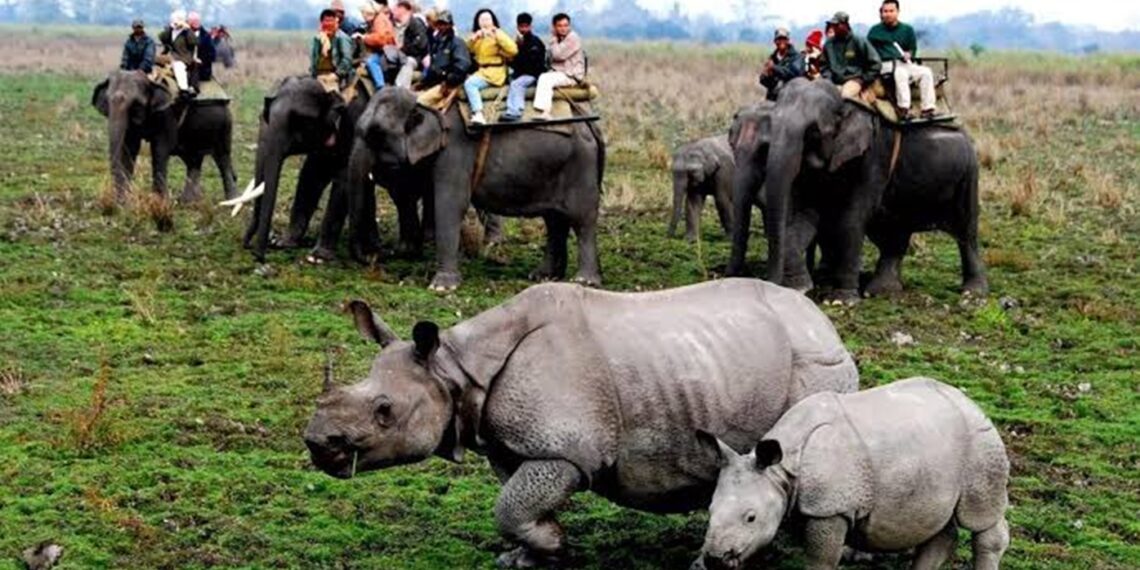GUWAHATI: Kaziranga National Park and Tiger Reserve, a UNESCO World Heritage Site nestled in the picturesque state of Assam, marked its 50th anniversary on Sunday.
Strategically located on the southern bank of the Brahmaputra River, Kaziranga boasts a rich biodiversity and serves as a sanctuary for numerous endangered species.
Despite facing challenges such as poaching and injuries to forest personnel, Kaziranga has witnessed a remarkable success in rhino conservation efforts.
From fewer than 20 rhinos in 1905 to approximately 3,000 today, the park’s population reflects the dedication of frontline and forest authorities over the past 25 years.
“Despite numerous instances of poaching and incidents resulting in injuries to forest personnel, KNP is now home to approximately 3,000 rhinoceroses. This serves as a testament to the success of our conservation efforts. The collaboration between the department and the public has played a pivotal role in achieving this milestone. We extend our heartfelt congratulations to the frontline and forest authorities for their unwavering dedication to the conservation of the park over the past 25 years,” park director Sonali Ghosh told the press.
Established in 1974, Kaziranga has evolved from a Forest Reserve declared in 1905 to a Wildlife Sanctuary in 1950, before attaining the status of a National Park.
The journey has been marked by significant milestones, including the enactment of the Assam National Parks Act in 1968 and the enforcement of the Wildlife Protection Act in 1972.
Designated as a World Heritage Site by UNESCO in 1985, Kaziranga has expanded its range from 425 square kilometres to 1,300 square kilometres over the past five decades.
It is now home to approximately 60% of the world’s Indian one-horned rhinoceros population, 50% of the endangered Asiatic wild water buffalo, and around 400 eastern swamp deer.















